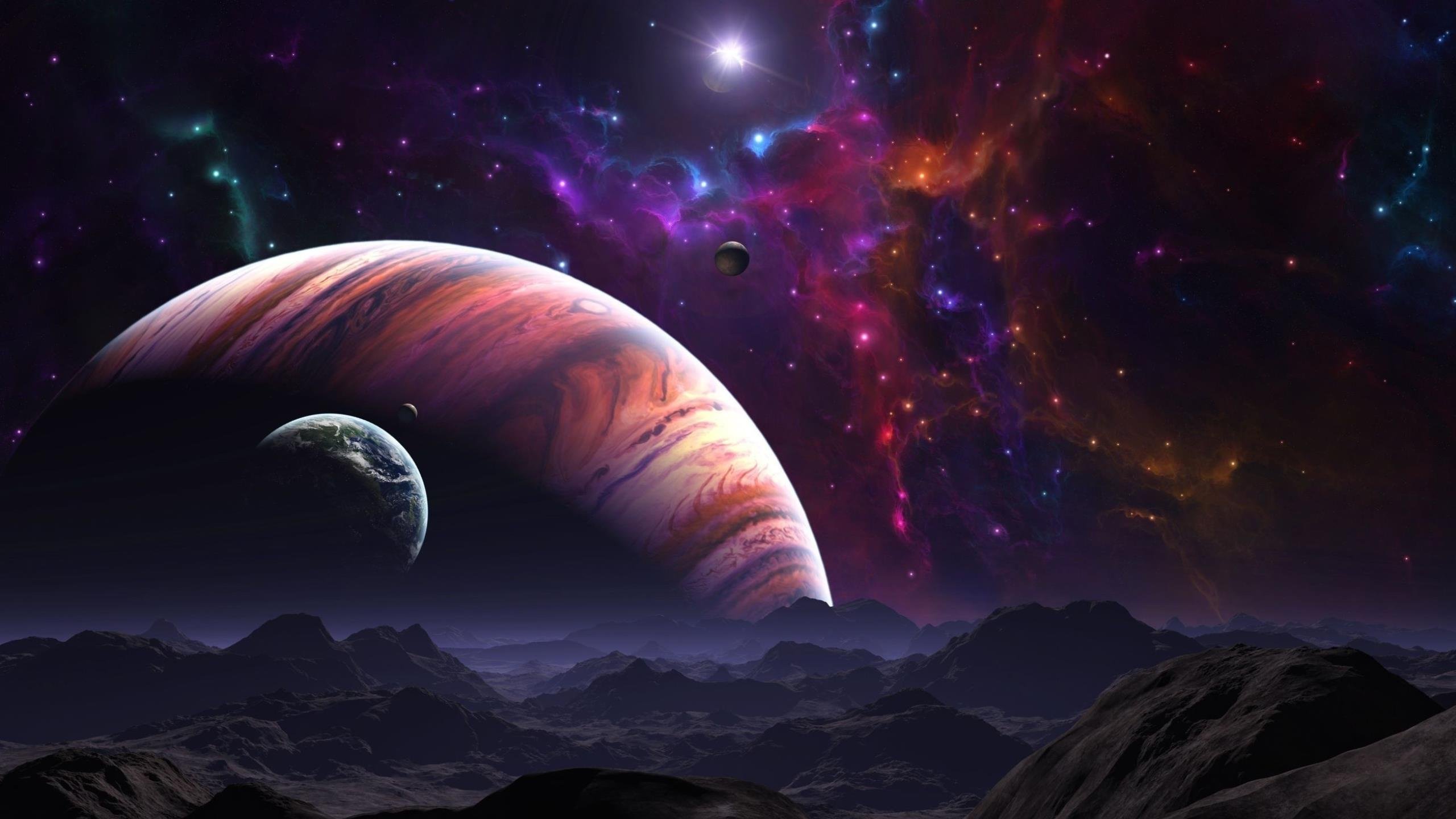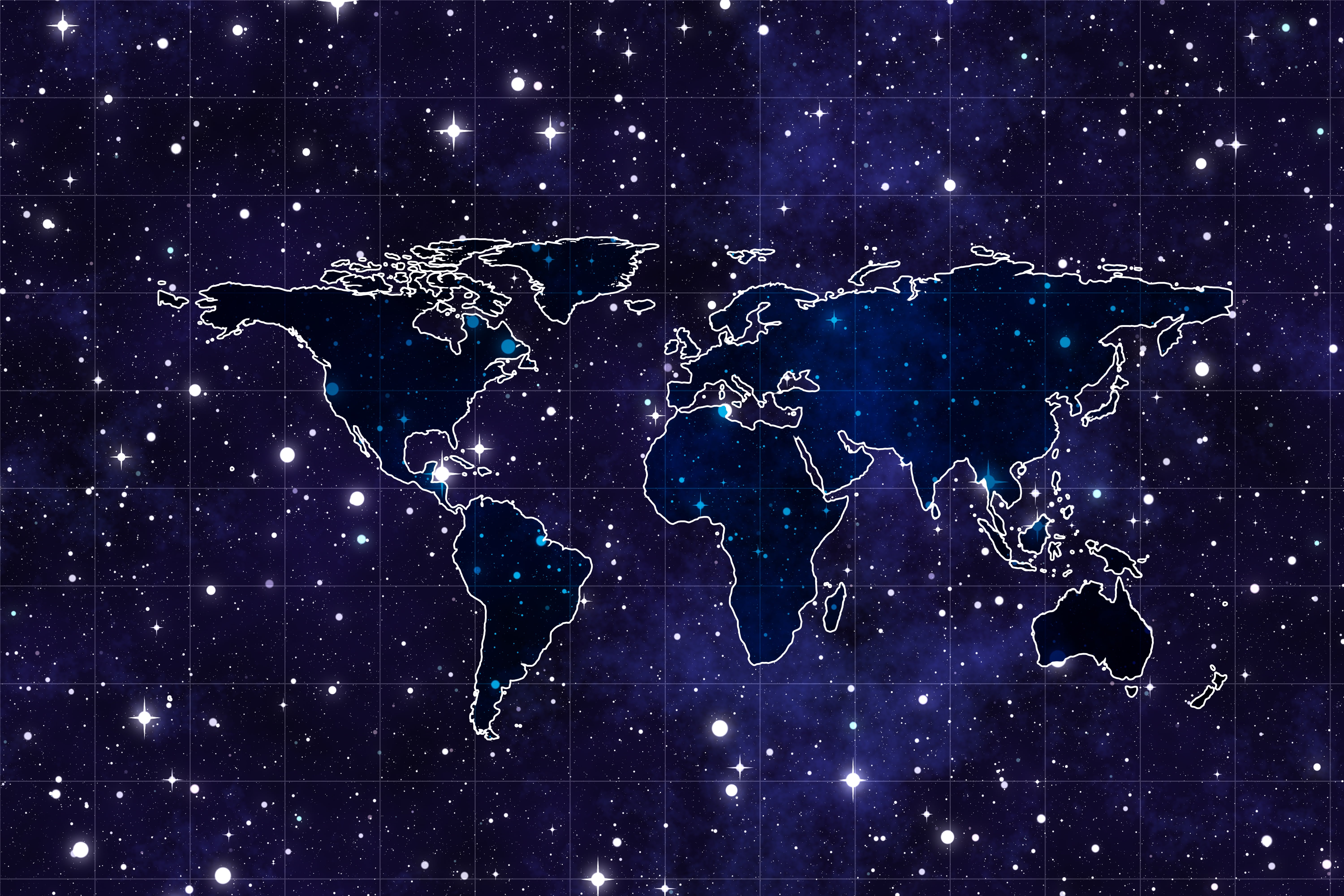Welcome to Galaxy World, an immersive and awe-inspiring voyage into the unfathomable depths of space. Here, we delve into the mysteries of celestial bodies, unraveling the intricate tapestry of the universe with passion and wonder.
From the birth of stars to the evolution of galaxies, our exploration encompasses the vastness of space and time. Prepare to be captivated as we embark on this extraordinary odyssey, where every discovery ignites our imagination and expands our understanding of the cosmos.
Galaxy Formation and Evolution

The cosmos is home to an awe-inspiring tapestry of galaxies, each a celestial city teeming with stars, gas, and dark matter. The birth and evolution of these galactic wonders have captivated the minds of astronomers for centuries, revealing a captivating narrative of cosmic assembly and transformation.
Dark Matter and the Seeds of Galaxies
At the dawn of the universe, dark matter, an enigmatic substance that exerts gravitational influence but remains invisible to our eyes, played a pivotal role in the formation of galaxies. Dark matter congregated into vast halos, providing the gravitational scaffolding upon which galaxies could coalesce.
Within these halos, clouds of primordial gas, drawn together by gravity, collapsed under their own weight. As the gas condensed, it fragmented into smaller and smaller clumps, forming the building blocks of stars and galaxies.
Galaxy Types: A Cosmic Tapestry
Galaxies come in a kaleidoscope of shapes and sizes, reflecting the diverse pathways of their evolution. Spiral galaxies, like our Milky Way, are characterized by their graceful spiral arms, swirling with young stars and glowing gas. Elliptical galaxies, on the other hand, are more compact and elliptical in shape, containing older stars and less gas.
Other types of galaxies include lenticular galaxies, which resemble spirals but lack distinct spiral arms, and irregular galaxies, which defy easy classification due to their chaotic shapes.
Notable Galaxies: Cosmic Landmarks, Galaxy world
The universe is adorned with a myriad of remarkable galaxies, each with its own unique story to tell.
- Milky Way:Our home galaxy, a barred spiral galaxy, hosts our solar system and an estimated 100-400 billion stars.
- Andromeda Galaxy:The closest major galaxy to the Milky Way, Andromeda is a spiral galaxy with a prominent central bulge and two satellite galaxies.
- Messier 87:A giant elliptical galaxy at the heart of the Virgo cluster, M87 is known for its supermassive black hole and its powerful jets of energy.
- Cartwheel Galaxy:A unique ring galaxy, the Cartwheel Galaxy is the result of a collision between two galaxies.
Stars and Star Systems
Stars, the celestial bodies that illuminate the night sky, are massive, luminous spheres of hot plasma held together by their own gravity. They are the building blocks of galaxies and the engines that drive cosmic evolution. This section delves into the life cycle of stars, their diverse types, and the formation and evolution of planetary systems, including the concept of the habitable zone.
Life Cycle of Stars
The life of a star begins with the gravitational collapse of a massive cloud of gas and dust, known as a nebula. As the cloud collapses, its core heats up and eventually ignites nuclear fusion, marking the birth of a star.
The star’s luminosity and lifespan are primarily determined by its mass. More massive stars burn brighter and have shorter lifespans, while less massive stars are fainter and live longer.
- Main Sequence:The majority of a star’s life is spent in the main sequence phase, where it burns hydrogen in its core through nuclear fusion.
- Red Giant:When the star exhausts its hydrogen supply, it expands and cools, becoming a red giant.
- White Dwarf:For low-mass stars, the red giant phase is followed by the shedding of outer layers, leaving behind a hot, dense core known as a white dwarf.
- Supernova:More massive stars end their lives in a cataclysmic supernova explosion, ejecting vast amounts of matter into space and potentially forming neutron stars or black holes.
Types of Stars
Stars exhibit a wide range of properties, leading to their classification into different types. The most common classification system is based on their temperature and spectral characteristics:
- O-Stars:Hottest and most luminous, with surface temperatures exceeding 30,000 K.
- B-Stars:Blue-white stars with temperatures ranging from 10,000 to 30,000 K.
- A-Stars:White stars with temperatures between 7,500 and 10,000 K.
- F-Stars:Yellow-white stars with temperatures ranging from 6,000 to 7,500 K.
- G-Stars:Yellow stars, like our Sun, with temperatures between 5,200 and 6,000 K.
- K-Stars:Orange stars with temperatures ranging from 3,700 to 5,200 K.
- M-Stars:Red dwarf stars, the coolest and faintest, with temperatures below 3,700 K.
Formation and Evolution of Planetary Systems
The formation of planetary systems is a complex process that begins with the accumulation of dust and gas around a young star. This material gradually coalesces into larger bodies, forming protoplanets. Through gravitational interactions and collisions, these protoplanets evolve into planets.
The habitable zone is a region around a star where liquid water can exist on the surface of a planet. The presence of liquid water is considered essential for the development and sustenance of life as we know it. The habitable zone depends on the star’s luminosity, temperature, and stability.
Nebulae and Interstellar Medium: Galaxy World
Nebulae are vast interstellar clouds of gas, dust, and plasma. They play a crucial role in the formation of stars and the enrichment of the interstellar medium.
Composition of Nebulae
Nebulae primarily consist of hydrogen and helium gas, along with trace amounts of heavier elements such as oxygen, nitrogen, and carbon. Dust particles within nebulae are composed of silicates, graphite, and organic compounds.
Role in Star Formation
Nebulae serve as the birthplaces of stars. Gravity causes dense regions within nebulae to collapse, forming protostars. As these protostars accrete more mass, they ignite nuclear fusion and become full-fledged stars.
Enrichment of the Interstellar Medium
Stars within nebulae release heavy elements into the interstellar medium through stellar winds and supernova explosions. These elements are then incorporated into new generations of stars and planets.
Famous Nebulae
- Orion Nebula:A prominent emission nebula located in the constellation Orion, known for its vivid colors and the presence of the Trapezium Cluster, a group of young, hot stars.
- Eagle Nebula:An emission and reflection nebula located in the constellation Serpens, famous for its iconic “Pillars of Creation” formation.
Galactic Structure and Dynamics
The Milky Way galaxy, our cosmic home, is a vast and dynamic system, exhibiting intricate structures and complex motions. Understanding its structure and dynamics provides insights into the formation and evolution of galaxies throughout the universe.
Structure of the Milky Way
The Milky Way is a barred spiral galaxy, characterized by a central bulge, a disk with spiral arms, and a surrounding halo. The bulge, composed primarily of older stars, harbors a supermassive black hole at its center. The disk, where our solar system resides, is a flattened structure containing younger stars, gas, and dust.
Spiral arms, tracing the distribution of star formation, extend outward from the central bar. Beyond the disk lies the halo, a spherical region of stars, gas, and dark matter that envelops the galaxy.
Dynamics of the Milky Way
The Milky Way is a dynamic system, with stars and gas orbiting the galactic center. The supermassive black hole at the center, known as Sagittarius A*, exerts a gravitational influence on the surrounding stars, shaping their orbits and influencing the galaxy’s overall dynamics.
The spiral arms, driven by density waves, rotate differentially, leading to the observed pattern of star formation. The galaxy’s rotation, along with the presence of dark matter, contributes to its stability and prevents it from collapsing under its own gravity.
Interactions between Galaxies
Galaxies do not exist in isolation; they interact with each other through gravitational forces. Mergers, where two or more galaxies combine to form a single entity, can trigger intense star formation and shape the morphology of the resulting galaxy. Tidal forces, arising from the gravitational interaction between galaxies, can distort their structures and lead to the formation of tidal tails and bridges.
These interactions play a crucial role in the evolution and diversity of galaxies observed in the universe.
Galaxy Exploration and Astronomy
The exploration of galaxies has a rich history, beginning with early observations of the night sky and culminating in the development of modern telescopes that allow us to peer deep into space. Today, astronomers use a variety of techniques to study galaxies, including spectroscopy, photometry, and radio astronomy.
These techniques allow us to determine the distance, size, mass, and composition of galaxies, as well as to study their evolution over time.
Observational Techniques
- Spectroscopy:Spectroscopy is the study of the light emitted or absorbed by an object. By analyzing the spectrum of a galaxy, astronomers can determine its chemical composition, temperature, and velocity.
- Photometry:Photometry is the measurement of the brightness of an object at different wavelengths. By measuring the photometry of a galaxy, astronomers can determine its distance, size, and mass.
- Radio astronomy:Radio astronomy is the study of radio waves emitted by objects in space. By observing radio waves from galaxies, astronomers can study their magnetic fields and the activity of their supermassive black holes.
Latest Discoveries and Ongoing Research
In recent years, astronomers have made a number of exciting discoveries about galaxies. These discoveries include the discovery of supermassive black holes at the centers of most galaxies, the existence of dark matter, and the acceleration of the expansion of the universe.
Ongoing research in galaxy astronomy is focused on understanding the formation and evolution of galaxies, the nature of dark matter, and the ultimate fate of the universe.
End of Discussion

As we conclude our cosmic adventure, we are left with a profound sense of awe and gratitude. Galaxy World has not only broadened our knowledge but also instilled within us a deep appreciation for the interconnectedness of all things. May this journey continue to inspire us, fueling our curiosity and propelling us towards a future filled with limitless possibilities.
Top FAQs
What is the Milky Way?
The Milky Way is our home galaxy, a vast collection of stars, gas, and dust. It is a spiral galaxy with a diameter of about 100,000 light-years.
How old is the universe?
The universe is estimated to be around 13.8 billion years old.
What is dark matter?
Dark matter is a mysterious substance that makes up about 85% of the matter in the universe. It does not emit or reflect light, making it difficult to detect.